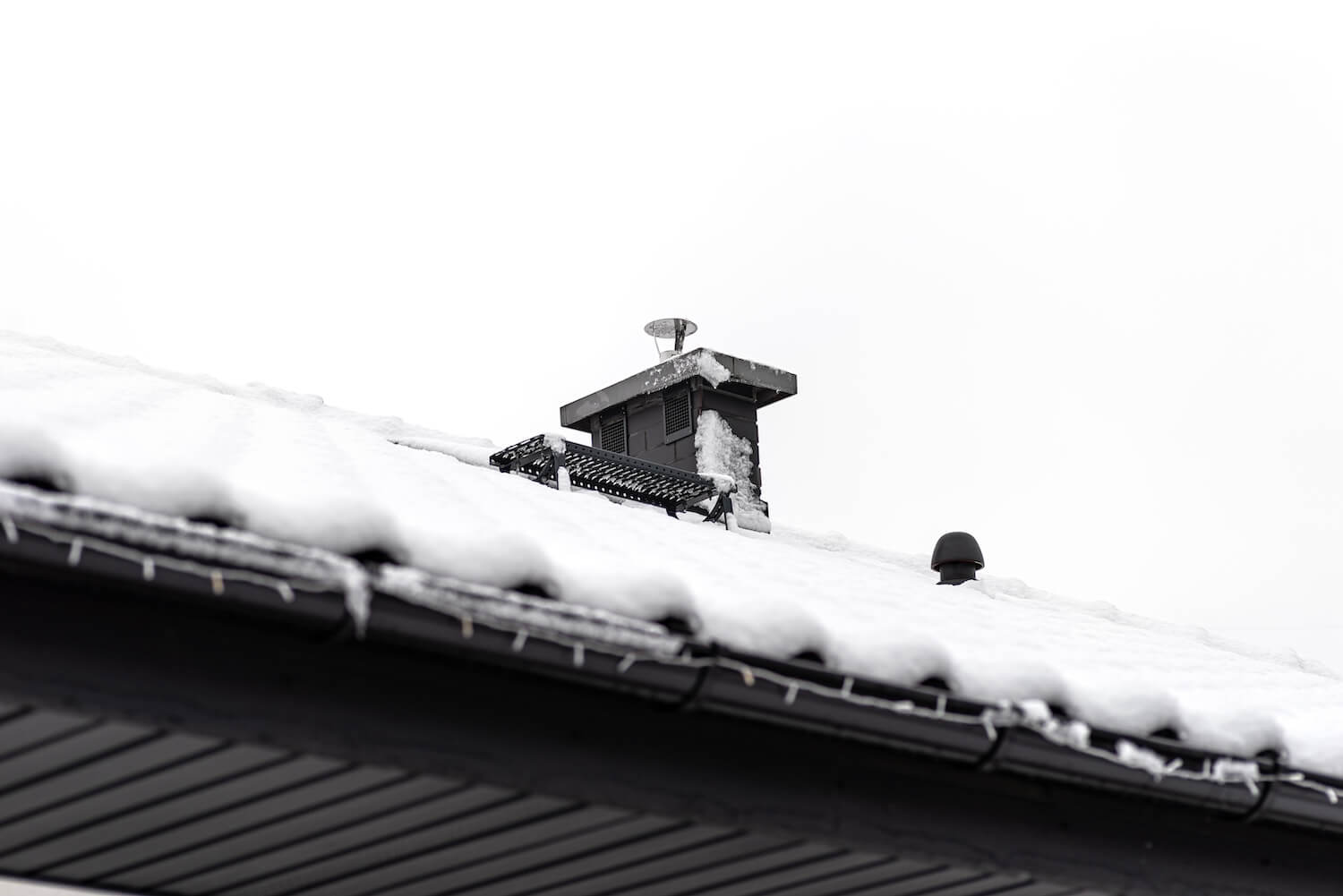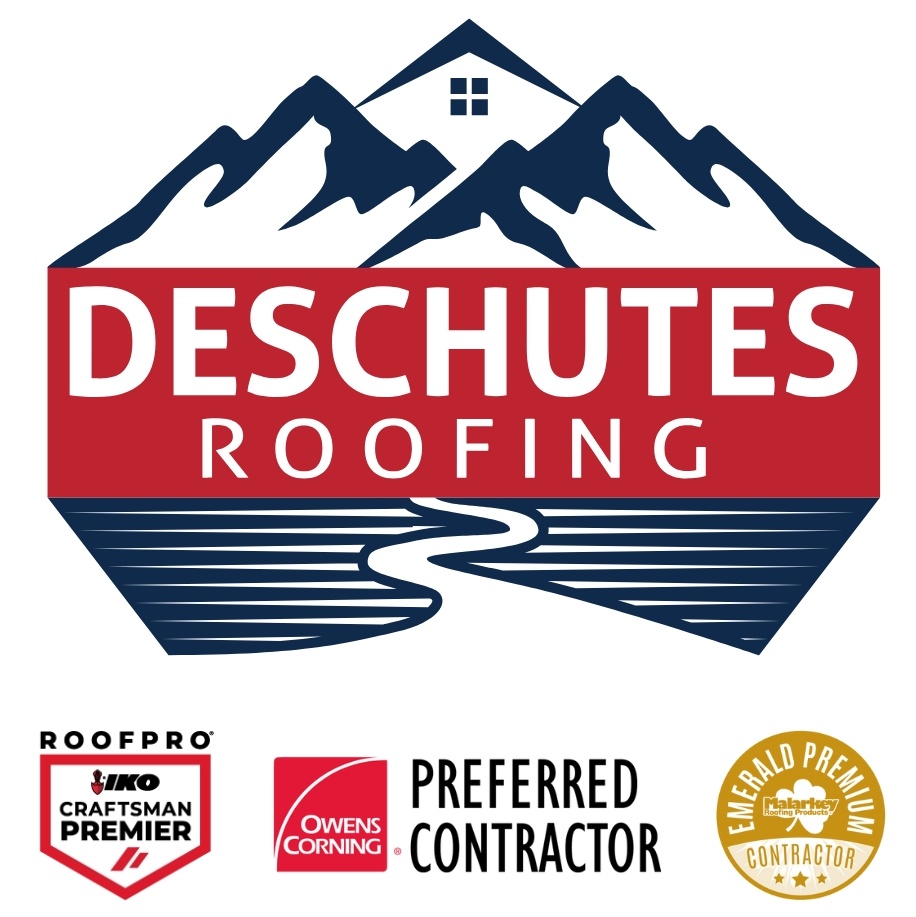Winter brings breathtaking views of snow-covered landscapes, but with this beauty comes potential danger—especially for your roof. Snow and ice can wreak havoc on the structural integrity of your home, leading to costly repairs or, in extreme cases, structural collapse. Professional snow removal services play a critical role in maintaining your roof’s health and protecting your home from the elements.
In this article, we’ll explore the myriad reasons why professional snow removal is essential, the risks of neglect, and the long-term benefits of trusting experts to handle this crucial task.

The Science of Snow Accumulation and Roof Damage
Snow accumulation on your roof might seem harmless at first, but its weight adds up quickly. While freshly fallen snow may be light and fluffy, it compacts over time, becoming dense and heavy. A single cubic foot of packed snow can weigh 20 pounds or more, and ice weighs even more—up to 57 pounds per cubic foot.
The Tipping Point: How Much Snow Is Too Much?
The average residential roof is designed to handle a specific load per square foot, which varies depending on regional building codes. When this load is exceeded, structural elements like rafters and trusses can bend or crack, potentially leading to a roof collapse.
For example:
- 6 inches of wet snow can weigh as much as 12 inches of dry snow.
- Ice dams and freezing rain significantly increase the load and pose unique challenges.
Additionally, prolonged snow accumulation can block ventilation systems or chimney flues, leading to hazardous indoor conditions like carbon monoxide buildup. Understanding these dynamics underscores the importance of timely snow removal, particularly in regions prone to heavy snowfall.
The Risks of Ignoring Roof Snow Accumulation
1. Excessive Weight on the Roof
Excess snow and ice can cause permanent structural damage, including:
- Sagging rooflines.
- Cracked rafters.
- Popped nails and weakened shingles.
The weight from snow doesn’t just impact the surface; it transfers stress to other parts of your home. Load-bearing walls, ceilings, and even your foundation can experience strain, leading to costly repairs if left unaddressed.
2. Ice Dams: A Hidden Threat
Ice dams form when snow on your roof melts due to heat escaping from your attic, only to refreeze at the roof’s edge. These barriers prevent proper drainage, causing water to pool and seep beneath shingles. The result? Extensive water damage, including leaks, mold, and rot.
Ice dams also create uneven weight distribution on your roof, increasing the risk of localized damage. Over time, they can degrade roofing materials, leading to premature aging and expensive replacements.
3. Water Intrusion
As snow melts and refreezes, moisture can penetrate small cracks and openings, compromising your roof’s protective layers. Over time, this leads to rot, mold growth, and weakened structural components.
Water intrusion isn’t limited to your roof. It can seep into walls and ceilings, damaging insulation and electrical systems. Addressing these issues often requires extensive repairs, which can be avoided with proactive snow removal.
4. Gutter Damage
Heavy snow and ice can strain gutters, causing them to sag or detach. This not only affects drainage but also increases the risk of water pooling near your foundation.
Damaged gutters can lead to soil erosion, basement flooding, and long-term foundation issues. Maintaining proper drainage during winter months is crucial for overall home health.
The Hazards of DIY Roof Snow Removal
While it might be tempting to save money by clearing your roof yourself, the risks often outweigh the benefits. DIY snow removal can result in personal injury, property damage, or incomplete work that leaves your roof vulnerable.
1. Physical Danger
Removing snow from a roof is inherently hazardous. Common risks include:
- Slips and falls: Snow and ice create slippery conditions.
- Ladder accidents: Misplaced ladders or unstable footing can lead to serious injuries.
- Exposure to cold: Prolonged exposure to freezing temperatures increases the risk of hypothermia or frostbite.
Statistics show that thousands of homeowners are injured annually attempting to clear snow from their roofs. These injuries not only incur medical costs but also highlight the inherent dangers of DIY efforts.
2. Roof Damage
Improper tools or techniques can cause significant harm to your roof. For instance:
- Metal shovels or picks can scrape shingles, leaving them vulnerable to leaks.
- Incorrect snow removal can create pressure points, leading to structural damage.
Additionally, untrained individuals may overlook critical areas like vents and chimneys, leaving portions of the roof inadequately cleared and susceptible to further damage.
3. Incomplete Snow Removal
Many homeowners focus on removing visible snow but overlook ice dams and compacted layers. These hidden threats can continue to damage your roof even after partial snow removal.
DIY methods often fail to address the root causes of snow-related damage, such as poor insulation or ventilation. Without a comprehensive approach, problems can persist or worsen over time.
The Benefits of Professional Roof Snow Removal
Hiring professional snow removal services provides a host of benefits that go beyond simply clearing your roof.
1. Preservation of Structural Integrity
Professionals have the expertise and equipment to safely remove snow and ice without harming your roof. This prevents overloading and protects against long-term structural damage.
Experienced technicians understand the specific needs of different roofing materials, ensuring that removal methods are tailored to your roof’s design. This level of care minimizes wear and tear, extending the lifespan of your roof.
2. Ice Dam Prevention
Experts understand the nuances of ice dam formation and use specialized techniques to prevent them. This might include:
- Clearing snow from the entire roof surface, not just the edges.
- Applying de-icing agents to key areas.
Ice dam prevention not only protects your roof but also helps maintain the energy efficiency of your home by reducing heat loss through the attic.
3. Safety First
Trained professionals follow strict safety protocols, minimizing risks to themselves and your property. They use specialized tools like roof rakes, steamers, and safety harnesses to ensure efficient and secure snow removal.
These safety measures also prevent accidental damage to other parts of your home, such as gutters, siding, and landscaping, which can be affected by falling snow and ice.
4. Comprehensive Solutions
Many snow removal companies offer additional services, such as:
- Gutter cleaning to ensure proper drainage.
- Roof inspections to identify potential vulnerabilities.
- Recommendations for long-term winterization strategies.
These holistic solutions address both immediate concerns and future risks, providing peace of mind throughout the winter season.
5. Cost Savings
While professional snow removal involves an upfront cost, it prevents expensive repairs down the line. Addressing issues like roof collapse, water damage, and mold remediation can cost thousands of dollars—far more than routine maintenance.
Investing in professional services is a proactive way to safeguard your home and avoid the financial burden of emergency repairs or replacements.
Signs You Need Professional Snow Removal
It’s not always obvious when your roof is at risk. Look for these warning signs:
- Heavy Snow Accumulation If snow depth exceeds 12 inches, or if ice layers are visible, it’s time to act.
- Sagging or Warping Noticeable changes in your roofline, such as sagging or warped sections, indicate structural stress.
- Persistent Ice Dams If ice dams repeatedly form despite your best efforts, professional intervention is necessary.
- Interior Leaks Water stains on ceilings or walls suggest snow and ice are infiltrating your roof.
- Difficulty Accessing the Roof Steep or complex roof designs make DIY removal impractical and unsafe.










